As discussed earlier, there are many ways to view the upcoming solar eclipse, whether it be with actual eclipse glasses, welder's lenses, eclipse-approved filters, or a solar telescope. If you can't get your hands on any of those, the safest way to view the solar eclipse this Sunday, whether it be annular or partial, is with a projection method.
I already gave some examples of pinhole projectors you can build at home using a cardboard box and some tin foil. But there's a better way to see the solar eclipse via projection, and that's with a pair of binoculars. In the following video, Douglas Duncan of the Fiske Planetarium demonstrates how to use binocs for safe solar eclipse viewing. You can also use a telescope.
Using a mere set of binoculars or a telescope lets you see the sun through a magnified projection onto a piece of white material. The light goes through the lenses and out the eyepieces, projecting the Sun onto the white surface of your cardboard or paper. You just have to focus correctly to get a sharp image. If you're using binoculars, I'd suggest taping off one side of them (or placing the lens cap on) so you don't see double images. And for steadiness, definitely use a tripod.
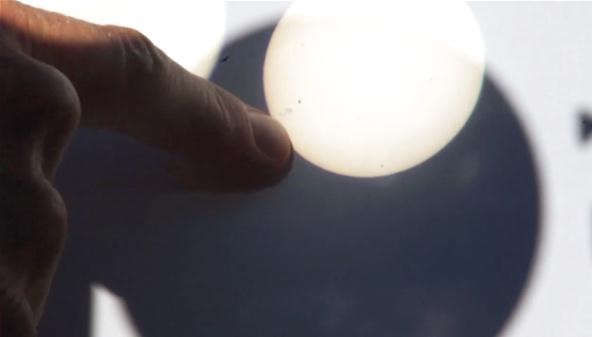
This is a great way to view the eclipse, or even just to view sunspots on the Sun whenever you want. Of course, never look through the binoculars or telescope directly at the Sun! If you plan on viewing the transit of Venus on June 5th and 6th in addition to May 20th's annular solar eclipse, this binocular/telescope projection method is also great for that, too.
Warnings
- Do not leave binoculars or telescopes unattended while viewing the Sun. Bystanders may inadvertently put their eyes in the sight line of the Sun, since the focal point extends past the actual equipment. Meaning, if you have children, make sure they are never left alone. You don't want them hopping in-between the equipment and the paper.
- Large reflecting telescopes can generate a lot of heat if pointed at the Sun for too long. Make sure to stop down the aperture or attenuate the incoming light so that you don't harm your equipment.
- Likewise, binoculars can overheat, too. Give them a cooling period every now and then. Otherwise, the lens elements may separate and you'll have some busted binocs.
- Do not place any body parts in-between the binoculars and the paper. The beam may burn.
- And again—DO NOT LOOK DIRECTLY THROUGH THE EQUIPMENT! There are no pain sensors in the retina, so the cells could be damaged without you feeling or even knowing about it.
Have anything else to add? More safety tips for viewing the solar eclipse or transit of Venus? Share with us in the comments!
Just updated your iPhone to iOS 18? You'll find a ton of hot new features for some of your most-used Apple apps. Dive in and see for yourself:



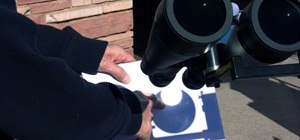


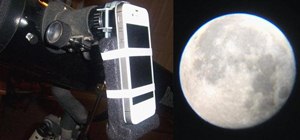


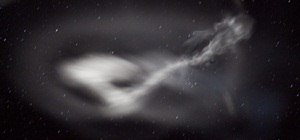
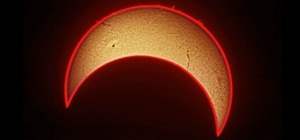
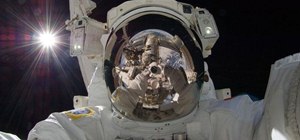
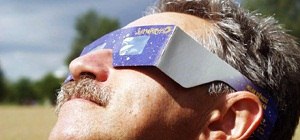
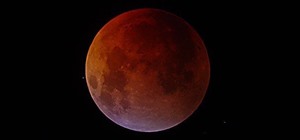
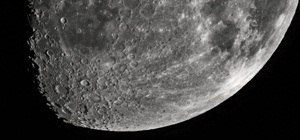
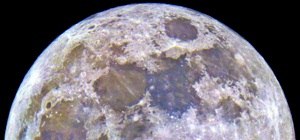
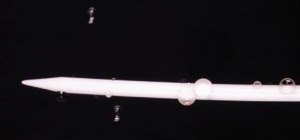
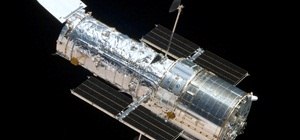
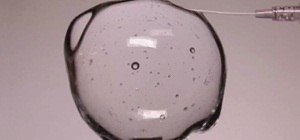
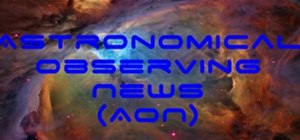
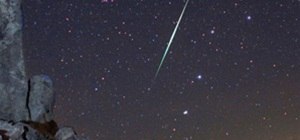
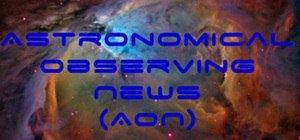
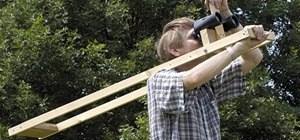
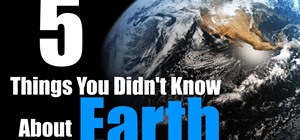
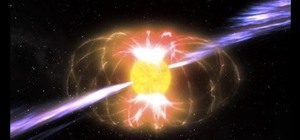
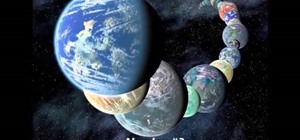

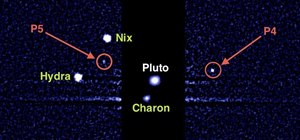
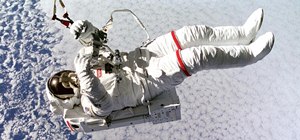
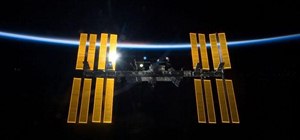


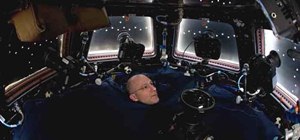
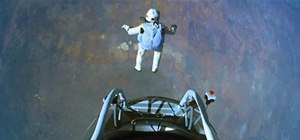

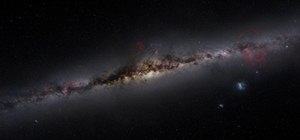

Be the First to Comment
Share Your Thoughts